


Classical Chinese garden design, which seeks to recreate miniature natural landscapes, is not illustrated any better than in the nine gardens in the historic city of Suzhou, Jiangsu province. Suzhou’s classical gardens are noted for their exquisite design and layout. Landscape and buildings are perfectly integrated to create a great harmony between man and nature.
Occupying a unique and irreplaceable position in the history of world landscape gardening, Suzhou’s classical gardens have high value for studying Chinese landscape gardening, architecture, culture, aesthetics, philosophy, and folklore. They were added to the World Cultural Heritage List in 1997.
The classical gardens of Suzhou, Jiangsu province, began emerging around the 4th century and finally reached a climax in the 18th century. Today, more than 50 of these gardens are still in existence, nine of which, namely the Humble Administrator’s Garden, Lingering Garden, Net Master’s Garden, and so on, are regarded as the finest embodiments of Chinese “Mountain and Water” gardens. The earliest of these, the Canglang Pavilion, was built in the early 11th century on an earlier, destroyed garden site.
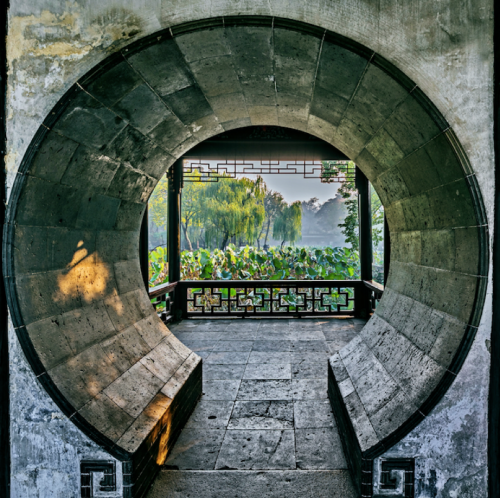 Humble Administrator’s Garden
Humble Administrator’s Garden
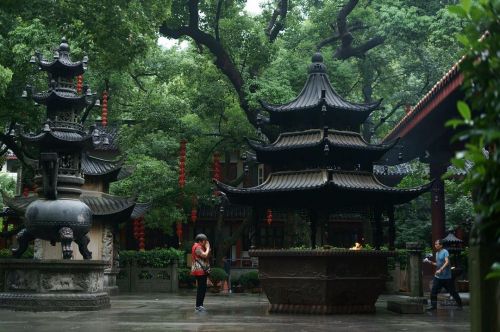 Lingering Garden
Lingering Garden
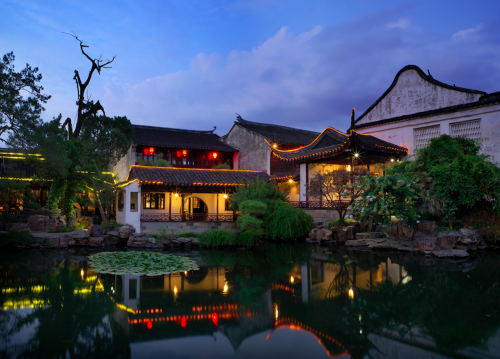 Net Master’s Garden
Net Master’s Garden
Canglang Pavilion has the longest history among all the existing classical gardens in Suzhou. Naturally laid out and well designed, it is called one of the four best gardens in Suzhou - the other three being Lion Grove Garden, Humble Administrator’s Garden, and Lingering Garden. The garden looks simple but natural. It combines buildings with scenery so perfectly that the whole garden appears to be naturally endowed without contrived decorations. The garden is built along a small pond. In front of its north gate, there is a stone bridge. Entering the garden, you can see a yellow rock. Behind it, there is an artificial hill made of stone and earth. It is naturally made, properly arranged, and appears steep and magnificent.
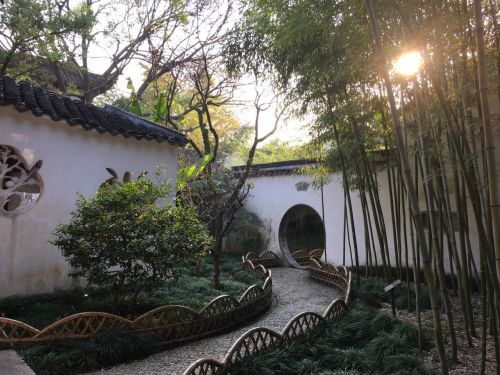 Canglang Pavilion
Canglang Pavilion
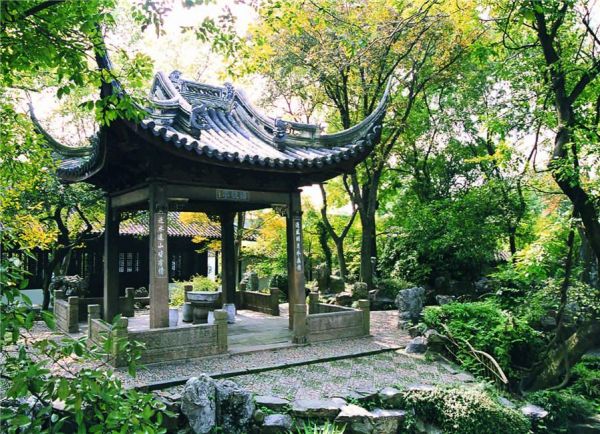 Canglang Pavilion
Canglang Pavilion
The Retreat & Reflection Garden was built between 1885 and 1887. The garden looks delicate, simple and elegant. It is a masterpiece among southern China’s private gardens.
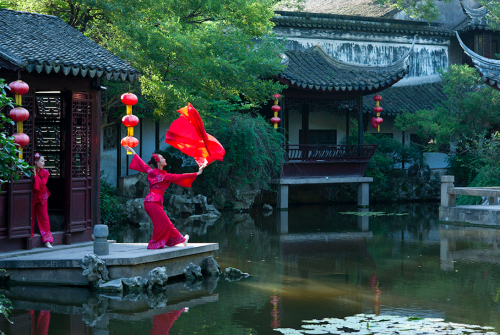 The Retreat & Reflection Garden
The Retreat & Reflection Garden
Suzhou's classical gardens are the most vivid specimens of culture expressed in landscape garden design from the East Yangtze Delta region in the 11th to 19th centuries. The underlying philosophy, literature, art, and craftsmanship shown in the architecture, gardening, and handcrafts reflect the monumental achievements of the social, cultural, scientific, and technological developments of this period.
Suzhou-style bonsai is a treasure of garden art. As one of China’s major miniature trees, Suzhou-style bonsai is famous for its long history, unique design, and distinctive style. Suzhou bonsai is noted for its plainness and elegance. Old twigs aged 40, 60, or even 100 years are planted in a small plate and presented in different shapes - drooping, prostrate, looking up, or bending down.
Special Thanks to Jiangsu Provincial Department of Culture and Tourism for all the pictures and the video.

The “Beautiful Hebei” Hebei Culture and Tourism (The Netherlands) Exhibition and Exchange Event
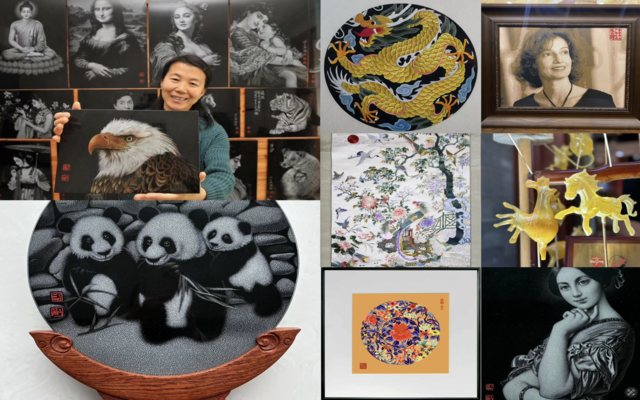
Supported by the China National Arts Fund, the International Touring Exhibition of Contemporary Chinese Paper-Based Art will be held from October 10 t...
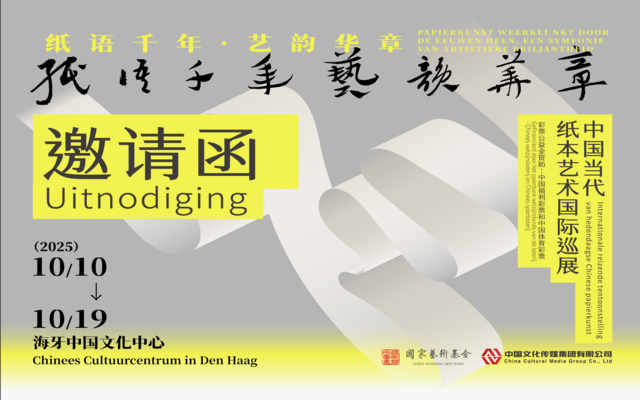
The China Cultural Center in The Hague warmly invites you to the opening of our upcoming exhibition
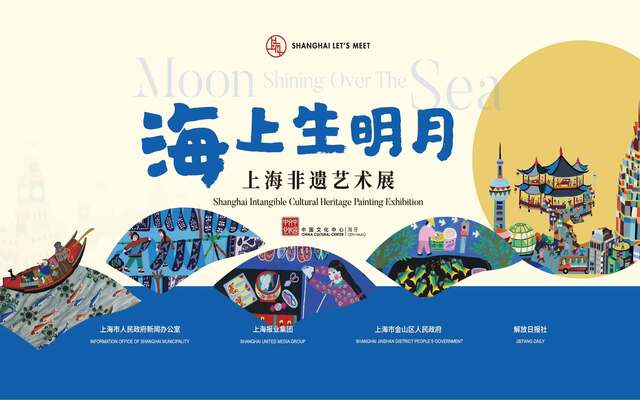
© 2023 China Cultural Center in Den Haag | Privacy policy